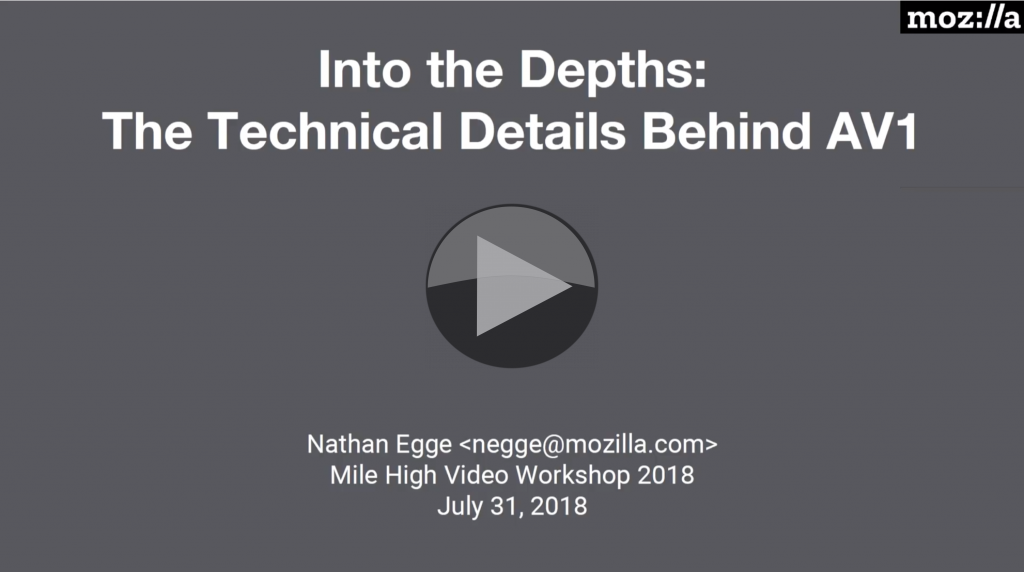How can we overcome one of the last, big, problems in making CMAF generally available: making ABR work properly.
ABR, Adaptive Bitrate is a technique which allows a video player to choose what bitrate video to download from a menu of several options. Typically, the highest bitrate will have the highest quality and/or resolution, with the smallest files being low resolution.
The reason a player needs to have the flexibility to choose the bitrate of the video is mainly due to changing network conditions. If someone else on your network starts watching some video, this may mean you can no longer download video quick enough to keep watching in full quality HD and you may need to switch down. If they stop, then you want your player to switch up again to make the most of the bitrate available.
Traditionally this is done fairly simply by measuring how long each chunk of the video takes to download. Simply put, if you download a file, it will come to you as quickly as it can. So measuring how long each video chunk takes to get to you gives you an idea of how much bandwidth is available; if it arrives very slowly, you know you are close to running out of bandwidth. But in low-latency streaming, your are receiving video as quickly as it is produced so it’s very hard to see any difference in download times and this breaks the ABR estimation.
Making ABR work for low-latency is the topic covered by Ali in this talk at Mile High Video 2019 where he presents some of the findings from his recently published paper which he co-authored with, among others, Bitmovin’s Christian Timmerer and which won the DASH-IF Excellence in DASH award.
He starts by explaining how players currently behave with low-latency ABR showing how they miss out on changing to higher/lower renditions. Then he looks at the differences on the server and for the player between non-low-latency and low-latency streams. This lays the foundation to discuss ACTE – ABR for Chunked Transfer Encoding.
ACTE is a method of analysing bandwidth with the assumption that some chunks will be delivered as fast as the network allows and some won’t be. The trick is detecting which chunks actually show the network speed and Ali explains how this is done and shows the results of their evaluation.
Speaker
 |
Ali C. Begen Technical Consultant and Computer Science Professor |








